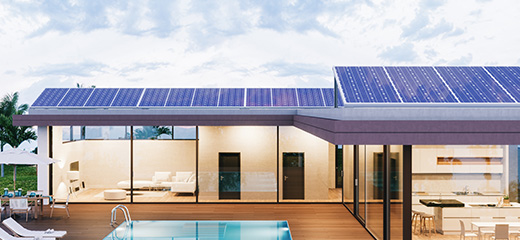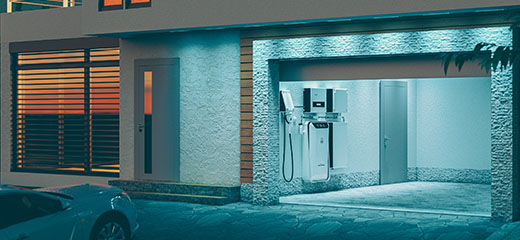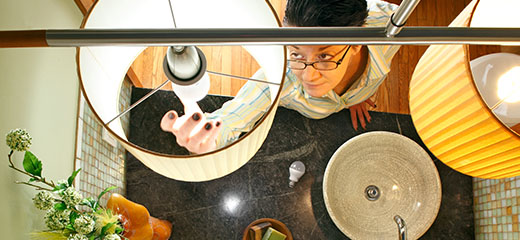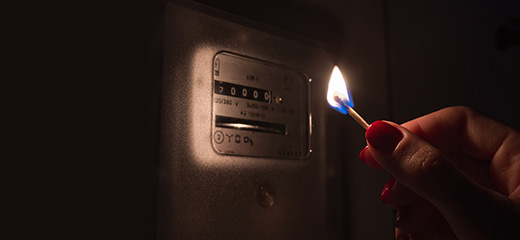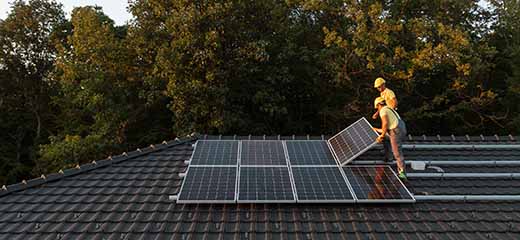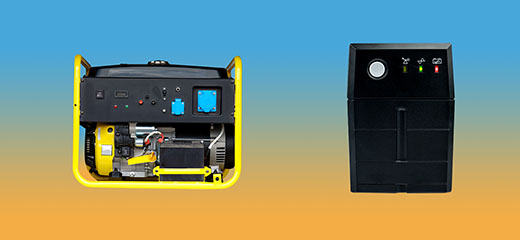
How to adjust to life “off the grid”
Solar power is one of the biggest talking points in South Africa, with many looking to get reliable power supply for their home and protect their finances from sharp increases in electricity prices.
While getting off the electricity grid is certainly attractive, being totally reliant on a solar system for your home’s electricity requirements takes preparation and some getting used to.
Most homeowners opt for a hybrid system with solar providing for part of their electricity needs and the backup of Eskom or municipal supply for additional power requirements and rainy days.
There are homeowners, however, that decide that they want their solar system to enable them to be completely self-sufficient, without any backup supply. When a homeowner chooses to make a break from an electricity, water or communication supply network, it is often referred to as going ‘off the grid’.
Off the grid sustainability
While the energy produced by the sun is endless, a property’s ability to harness enough of that energy can be limited. It is with this in mind that homeowners interested in going off the grid should consider various factors and prepare their homes and family for the new way of life.
- Harnessing potential: Before removing your home from the grid, ensure that your system will have enough solar panels, positioned in the right direction and at optimal angles, to harness enough energy for your needs. An experienced solar specialist should be called upon to conduct a site survey and provide an estimate of how much electricity you can expect to generate. This should be compared against your home’s electricity consumption over a period of 12 months to ensure your household won’t be left short.
- Sufficient storage: Bear in mind that your solar system can only harness energy when the sun is shining directly onto your panels, so you will need enough battery storage to get you through the night and any periods of cloudy weather.
- Energy-efficient upgrades: Updating appliances, electronics and other household equipment to more energy-efficient models and technology will reduce the strain on your solar system and give your batteries more electricity to store for rainy days. Also, consider switching heavy electricity users such as stoves, ovens and heaters to gas.
- Setting schedules: You’ll also need to think about how and when you use your new energy-efficient appliances and equipment. Household tasks such as running washing machines and dishwashers, and using hairdryers, vacuum cleaners and air conditioners should preferably wait for daylight hours. It’s also a good idea to take evening showers when your geyser’s had a full day of heating, instead of first thing in the morning.
- Cut out wastage: With only a limited supply of electricity available for your household, you’ll want to pay special attention to the places where you’re wasting electricity, such as unnecessary lights being left on and the standby functions of appliances and electronics that drain electricity even when they’re not being used.
- Rainy day savings: Preparing a plan in advance for extended periods of overcast conditions will ensure your family isn’t suddenly left without power for days. During these times your household will be dependent on whatever electricity is stored in your battery bank. Consideration should be given to those household tasks that can wait until the sun is out again such as running the washing machine and dishwasher loads, your pool pump schedule and avoiding using toasters, hairdryers, air conditioners and the like.
- Backup plan: Depending on your home’s requirements and the general weather conditions in the area, you may want to consider getting a backup generator that can run essential appliances such as fridges/freezers should you ever run out of electricity storage.
LookSee offers a full solar journey coupled with a Savings Guarantee based on your minimum saving expectations over 6 months and a once-off R2 000 cashback if savings are not met.
